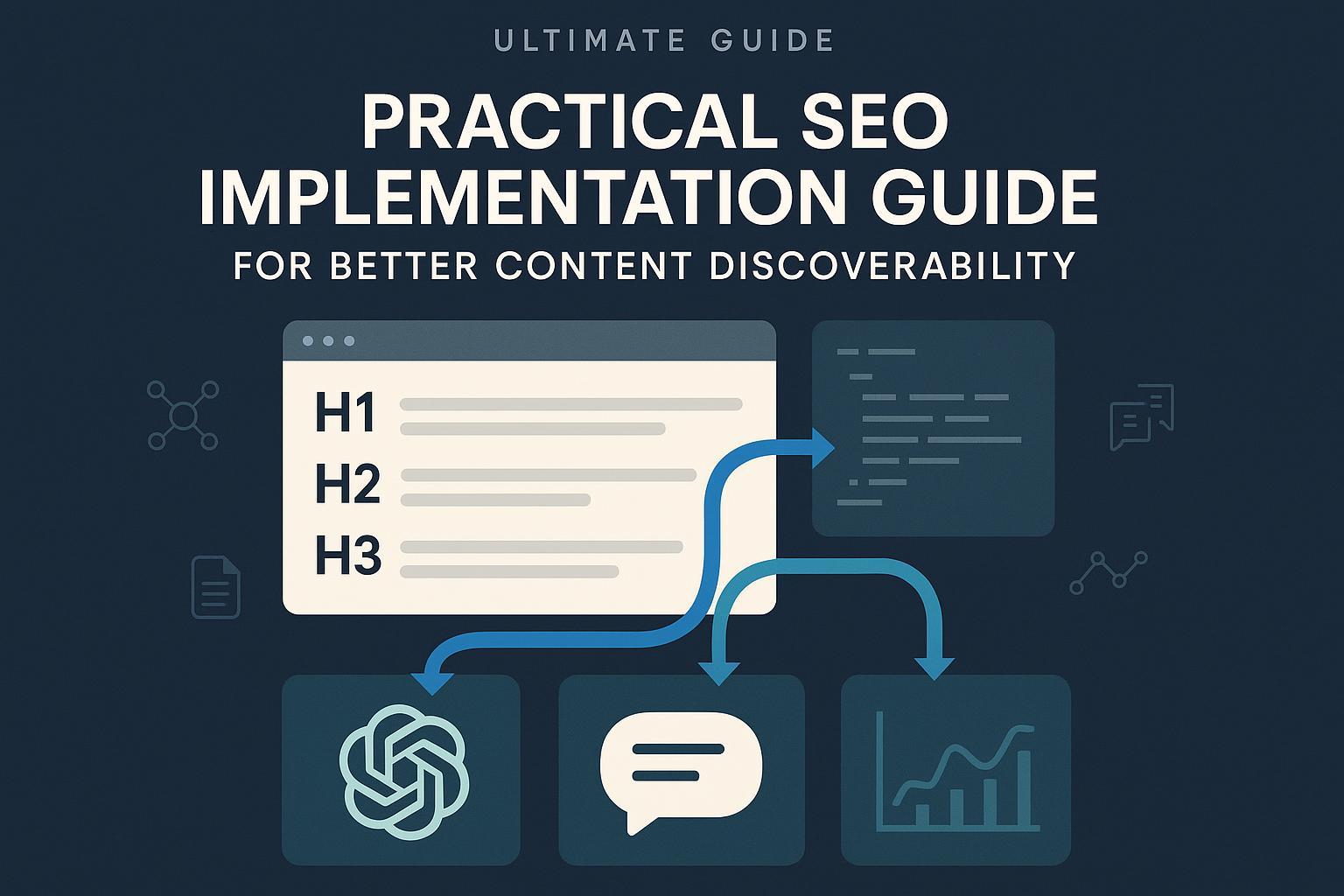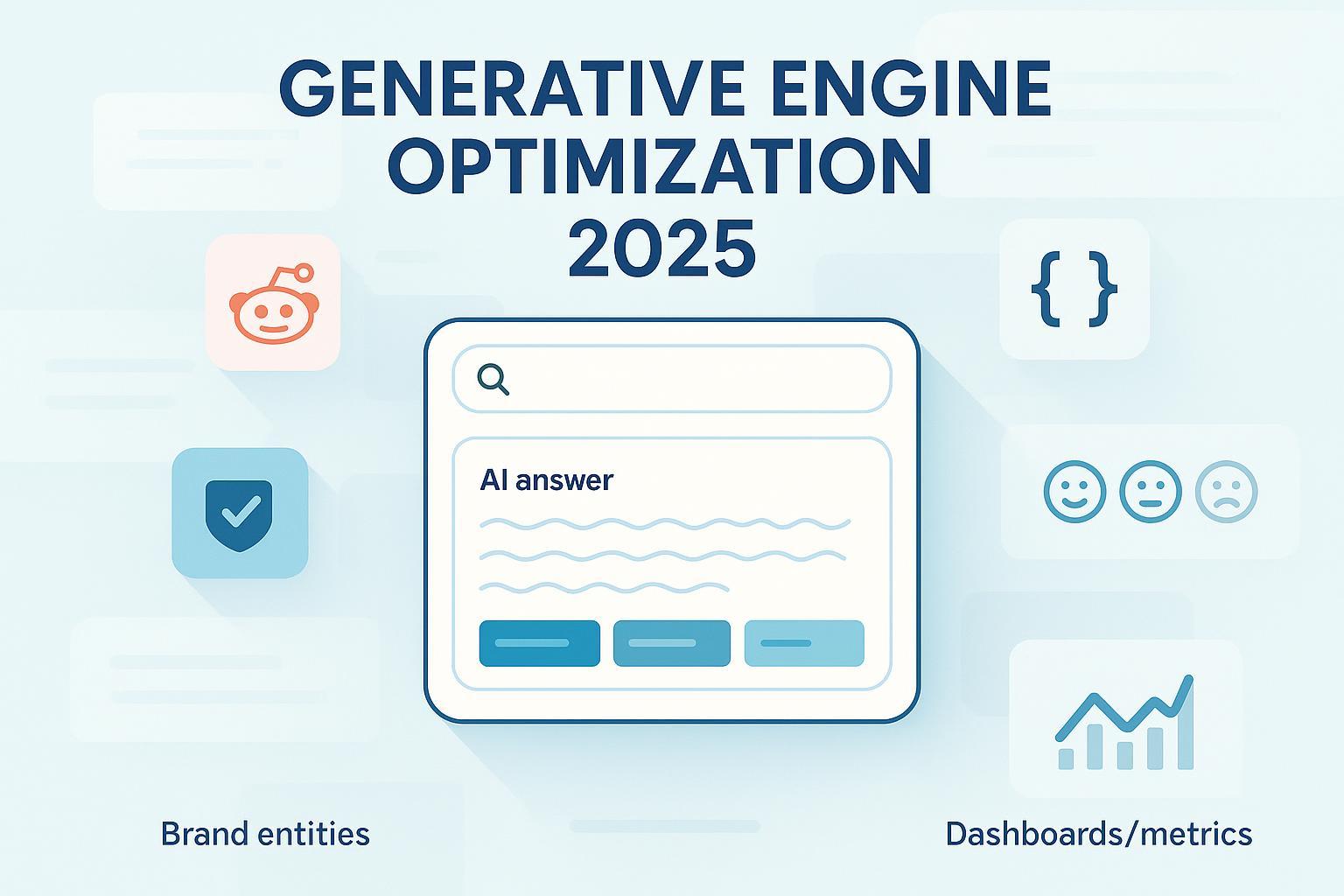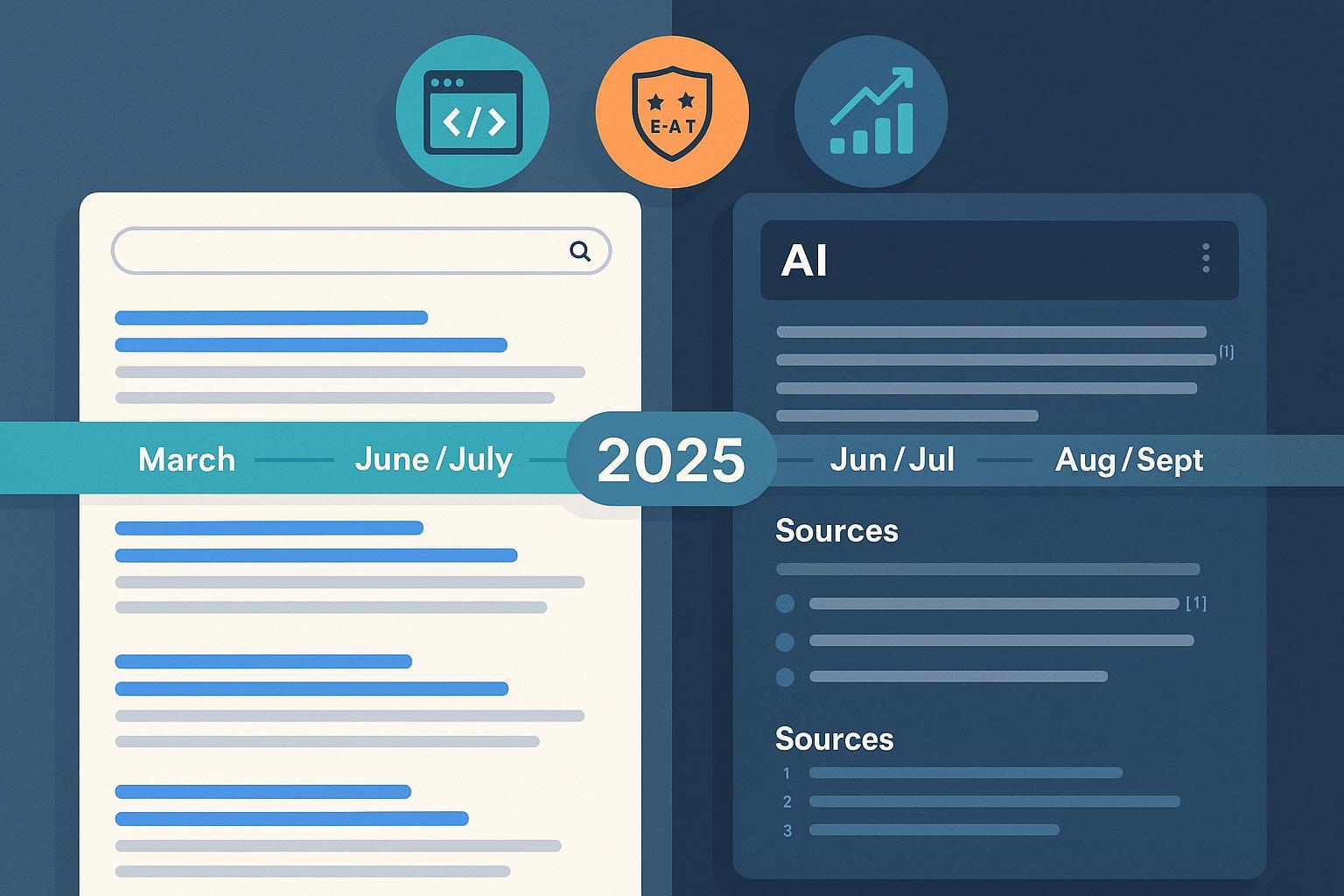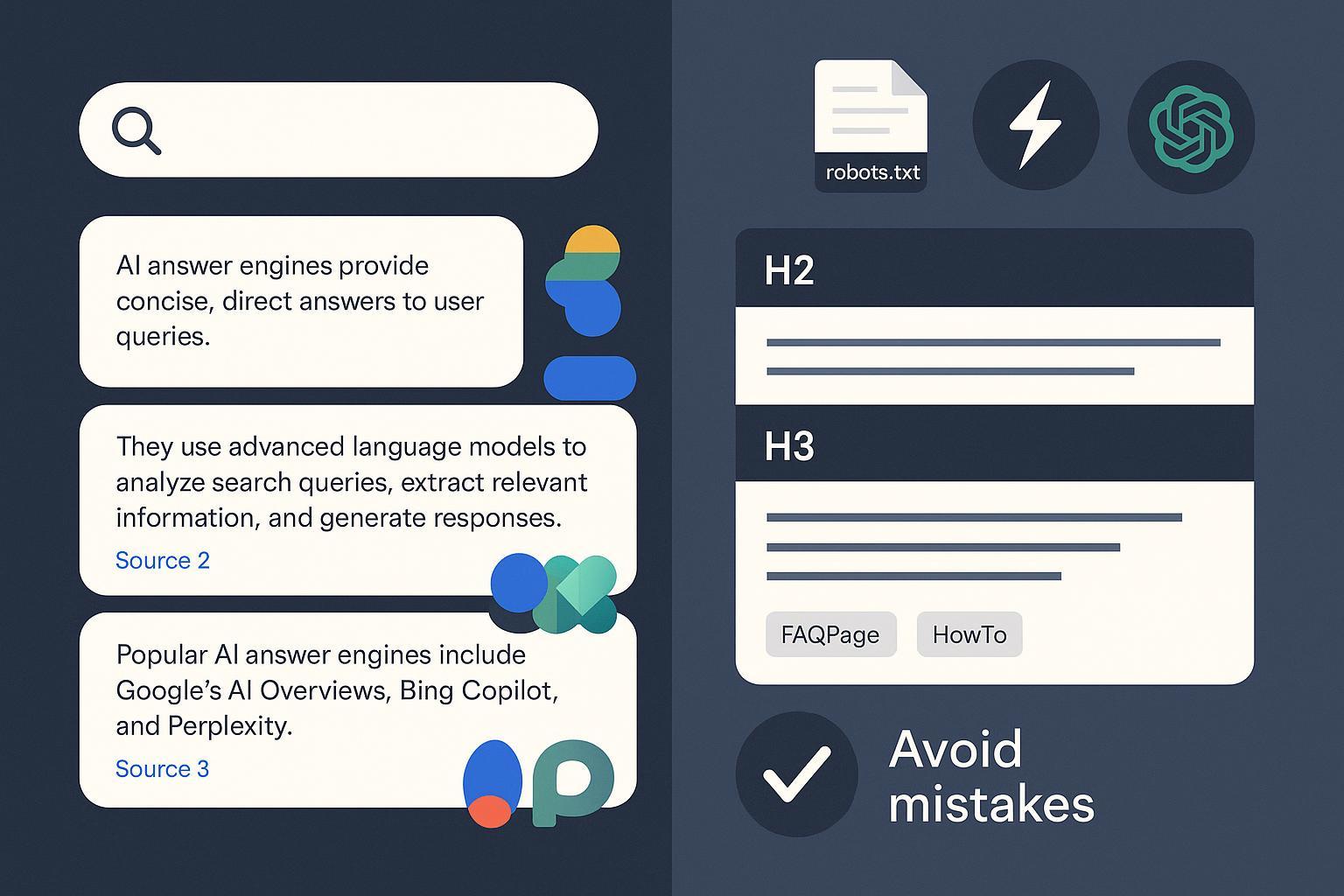What is Marketing Automation? Definition, Key Components & Real-World Applications
Discover what marketing automation is, its core definition, key components, and real-world applications. Learn how AI-driven automation, data privacy compliance, and tools like Geneo empower modern digital marketing. Explore practical examples and related concepts for businesses and marketers.

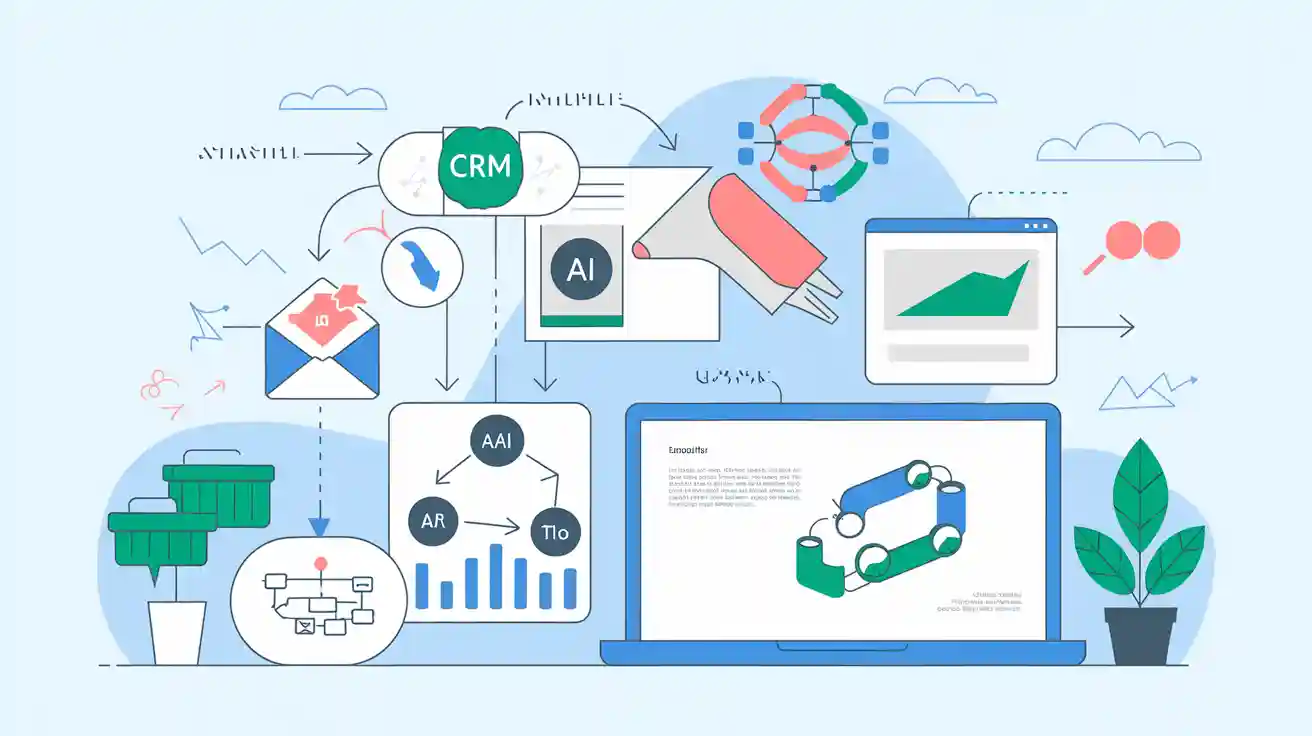
One-Sentence Definition
Marketing automation is the use of software platforms and technologies to automate, manage, and optimize marketing processes and campaigns across multiple channels, enabling personalized, data-driven customer engagement with minimal manual effort (Gartner).
Detailed Explanation
At its core, marketing automation streamlines repetitive marketing tasks—such as sending emails, segmenting audiences, and tracking customer interactions—by leveraging data, rules, and content to deliver the right message to the right person at the right time. Modern marketing automation platforms integrate with CRM systems, analyze customer behavior, and use AI to personalize communications across email, social media, SMS, and more. This not only increases efficiency but also enhances the customer journey by making interactions more relevant and timely (SAS).
A key trend is the integration of AI, which enables advanced features like predictive analytics, sentiment analysis, and automated content optimization. These capabilities help marketers move beyond basic automation to deliver highly personalized, real-time experiences at scale.
Key Components of Marketing Automation
Data Collection & Management: Centralizes customer data from various touchpoints for segmentation and targeting.
Rules & Triggers: Define automated workflows based on customer actions (e.g., sign-up, purchase, cart abandonment).
Content Automation: Automatically delivers personalized emails, messages, and offers based on user behavior.
Analytics & Reporting: Tracks campaign performance, customer engagement, and ROI, enabling continuous optimization.
Integration: Connects with CRM, e-commerce, and analytics platforms for a unified marketing ecosystem.
Compliance Management: Ensures adherence to data privacy regulations like GDPR, including consent management and data deletion (MoEngage).
AI-Driven Enhancements: Uses machine learning for predictive segmentation, content recommendations, and real-time personalization.
Real-World Applications
Welcome Email Series: Automatically sends a sequence of onboarding emails to new subscribers.
Abandoned Cart Reminders: Triggers personalized emails to recover lost sales in e-commerce.
Lead Nurturing: Delivers targeted content to prospects based on their stage in the customer journey.
Birthday & VIP Offers: Sends special promotions triggered by customer milestones.
Re-engagement Campaigns: Identifies and reactivates inactive customers with tailored messages.
AI-Powered Content Optimization: Platforms like Geneo use AI to analyze brand sentiment, optimize content for AI search engines, and provide actionable insights for campaign adjustments, supporting marketing automation workflows with real-time data and competitive analysis.
Related Concepts
CRM (Customer Relationship Management): Manages customer data and interactions, often integrated with marketing automation.
Lead Nurturing: Automated processes to guide prospects through the sales funnel.
Workflow Automation: Broader automation of business processes, including but not limited to marketing.
Omnichannel Marketing: Coordinated engagement across multiple channels (email, social, web, SMS).
Email Marketing: A foundational use case for automation, now enhanced with AI and personalization.
Visualizing Marketing Automation
A typical marketing automation workflow includes:
Trigger: Customer action (e.g., sign-up, purchase)
Condition: Rule check (e.g., is this a new customer?)
Action: Automated response (e.g., send welcome email)
Branching: Different paths based on customer behavior
Feedback Loop: Analytics inform future optimizations
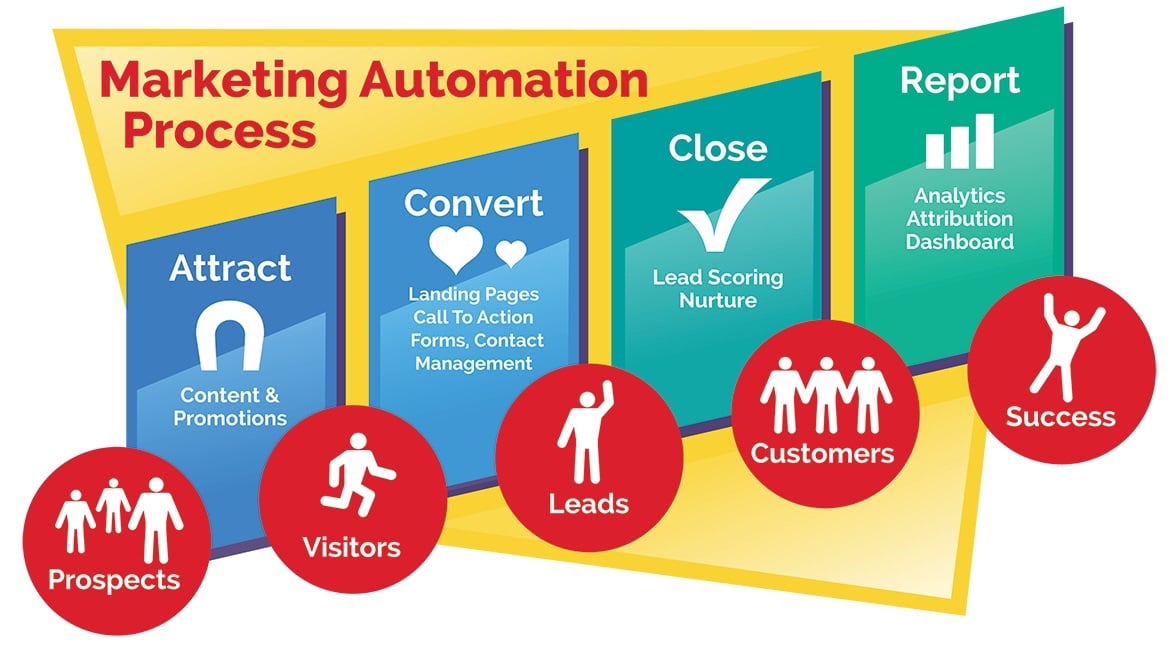
Why It Matters
Marketing automation empowers businesses to scale personalized marketing, improve efficiency, and drive higher ROI. With the rise of AI and increasing data privacy requirements, modern platforms must balance automation with compliance and human-centric engagement.
Ready to optimize your brand’s visibility in the age of AI-driven search and marketing automation? Try Geneo for real-time AI search monitoring, sentiment analysis, and actionable content insights.


